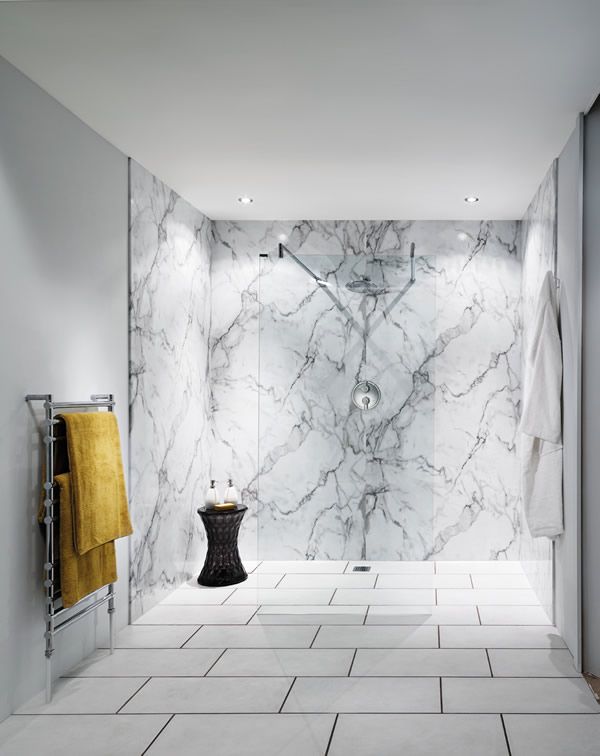A waterproof membrane is often installed on the outside of the basement wall and the system also requires putting in a buried sump pump where water will collect and then be pumped to the surface.
How to waterproof bathroom walls.
These materials can be used to make your drywalling projects in basements bathrooms and other potentially humid rooms waterproof so you don t have to spend extra money on pretreated drywall.
Other waterproofing sets are primarily used for waterproofing the whole bathroom.
The bathtub walls are now completely waterproof and the redgard also serves as a crack isolation membrane.
Backsplashes protect key areas in kitchens to make this possible.
Proper waterproofing in wet areas is absolutely vital water leaking into floor and wall spaces can very easily rot structural timbers and do some heartbreaking damage to a house.
It s recommended to use the l and u wall for waterproofing the shower floor and walls.
Even kitchens which are mostly dry can have almost any type of wall covering.
How to waterproof a bathroom step 5.
Cut the waterproof membrane into lengths of the bathroom walls.
In living rooms bedrooms hallways and other completely dry areas any type of wall covering will work.
This means redgard will expand and contract ever so slightly to prevent cracks from forming in the shower tile.
Be sure to apply a moisture barrier before installing your finished wall.
But in bathrooms water.
The worst bit about this kind of damage is that you won t normally realise it s happening until the worst of the damage has already been done.
Bathroom walls are different from walls in other parts of the home.
Measure the size of the area and determine if you want to waterproof the shower area or the complete bathroom.
To avoid leaks and excess moisture build up take care to waterproof your bathroom wall floor and ceiling.
To stick the membrane down use either a paint roller or brush to paint over it with the waterproofing agent.
There are a few options when shopping around for new bathroom walls that are waterproof.
Again you can use a roller to apply the product.
Having waterproof walls in your bathroom is important.
Behind the shower is breeding ground for mold mildew and rot.
Lay the membrane down so that half is on the wall and the other half on the bathroom floor covering the crack.
If the walls are not waterproof you could end up having a huge problem on your hands such as mold leaks water damage and more.
Things to consider will not only be the price but also which material.
Most paint manufacturers make oil and latex based primers and paints designed to be waterproof and even mildew resistant.















































